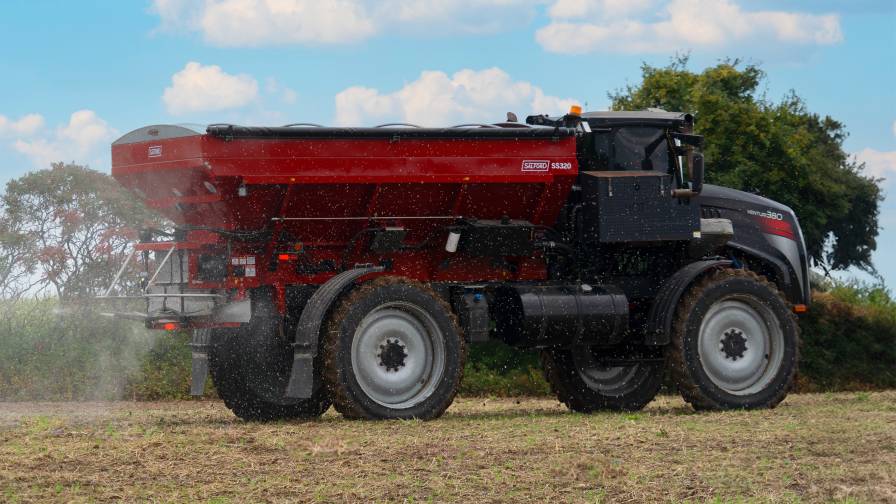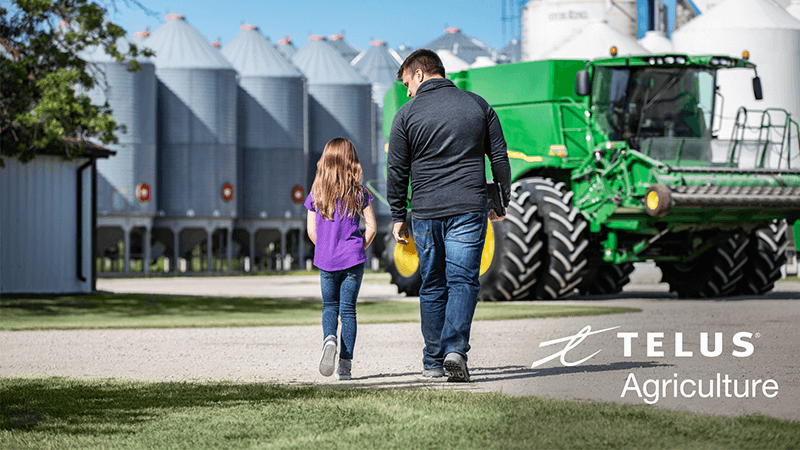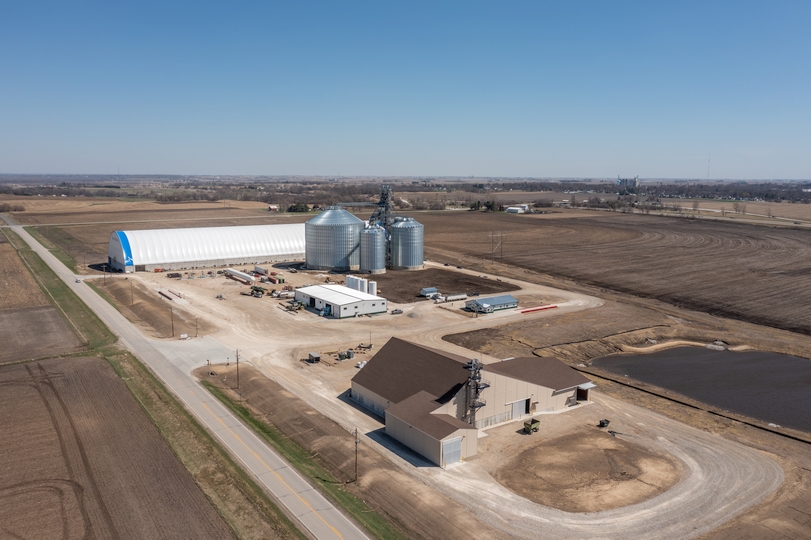Keeping Every Boat Afloat in Agriculture: Time for the End of Endless Government Intervention?
In the latest edition of our video series Retail Week, I made mention of some Twitter chatter among farmers about the spate of government payments that have been issued or approved in the last two years. Beyond the standard farm program and crop insurance payments, we’ve had MFP payments to provide support against the negative impacts of tariffs and the COVID pandemic.
The thread I was reading was lamenting the reliance the industry has had on payments, in spite of the fact that some of the pain was inflicted as a direct result of government policy. I agree that this is not desirable or sustainable, and wonder if politicians or the industry itself can ultimately stomach support for virtually every farmer.
Is it right that every farmer, regardless of how they operate their farms, get treated almost the same? When, if ever, will we truly reward farm operations for maximizing return on investment instead of production … or worse yet, for simply being a farmer? At some point, doesn’t the spigot need to be turned off so overproduction and a lack of profit self-corrects as the natural order of capitalism commands?
One of my friends out in the market with many more years of experience than myself sent a thoughtful email supporting some of my notions, with some added context. He asked to remain anonymous because the view is not a popular one, but it rings true with me and is worth sharing.
“From my perspective the payments, while nice, have provided a false market in agriculture the last two years, and they have kept some farmers afloat who in many cases are not the top managers in the field,” he said, starkly. “The fallout of the lower rung of producers in any business is an important part of the business cycle.”
There are plenty of farmers who are doing well in today’s market, and would do well without any payments, he asserts. “They are in one of two camps. Either they are older and more established with little debt, or they are top managers and have done a great job of managing expense and selling into good market opportunities.”
The net impact of the payments has been to keep farmland markets strong, he says, which in return has kept cash rent rates at very high levels in comparison to the income derived from an acre in many cases. For farm operators who rely on rented ground for their operations, the largest cost each year is land.
“If we saw a 10% drop in land values, cash rents would likely go down 10% to 15%,” he says. “That would be an offset to these payments, however, it would have costs. Those costs would be a drop in balance sheet strength across the board in ag, and it would cause more fallout.”
During the last few years, many farm operators have leveraged up their operations to the maximum they can based on current land values and declining income. “However, I believe that in order for production ag to hit a bottom and start to move back up in profits, we need to have that final wash out or hit that bottom in the market,” he explains.
A side issue, he adds, is that these program payments also promote cash rental arrangements in many ways. “If you support younger farmers coming into the market today, it is hard to justify the increasing use of cash rents in place of share crop arrangements that are promoted in part by these payments, payment limitations, etc.”
While I appreciate the need to support agriculture to ensure food security, perpetually supporting all farm entities is not a sustainable approach, or working within the spirit of American capitalism. USDA Secretary Sonny Perdue said of the future of American dairy farmers, “the big get bigger, and the small get out,” which I interpreted as, “get profitable.” Despite the rhetoric, he’s overseen historic support payments to the industry. But whether we get four more years or a new Chief Executive in November, it’s hard to imagine the appetite for the traditional approach to supporting farmers is going to continue.






